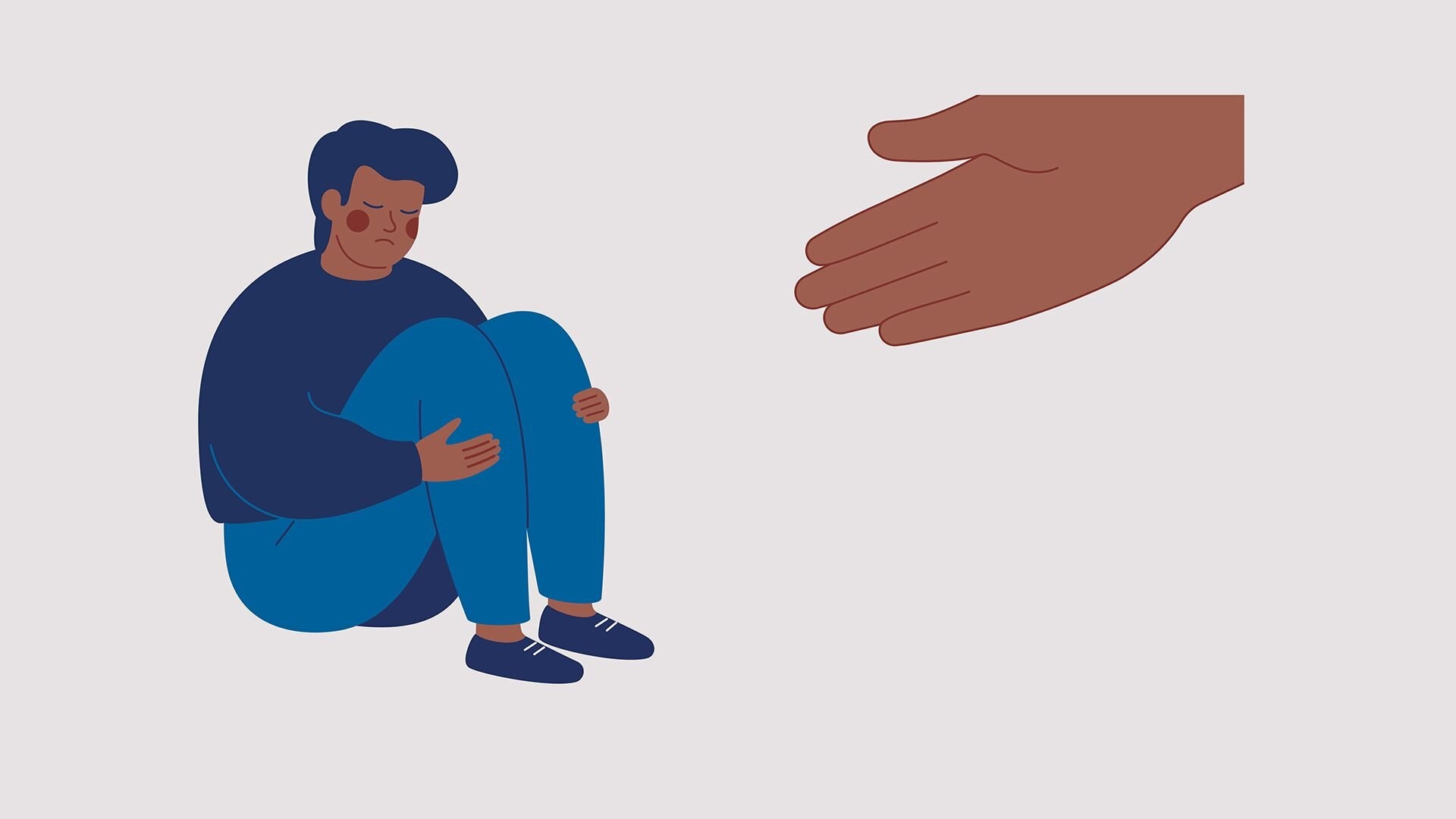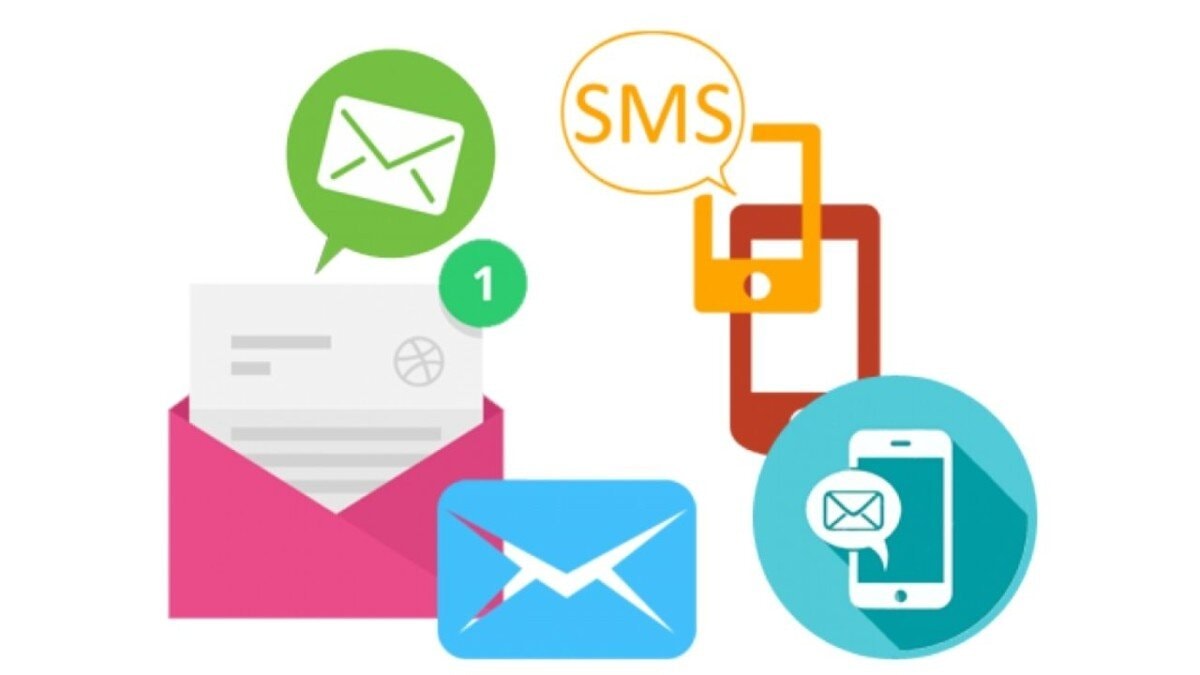Most messages do not go unanswered because people are busy. They go unanswered because the opening sentence fails to justify a reply.
When reach out is used in a sentence without clear intent, the message feels optional. The reader hesitates, delays, or moves on.
These six steps show how precise wording removes that hesitation. Each step focuses on clarity and purpose so replies come faster, not by chance, but by design.
What Does Reach Out Mean As A Phrasal Verb?

Reach out is a phrasal verb used to describe an attempt to connect, offer support, or help people beyond physical touch. To reach out, someone may have reached out or be reaching out with intent. It is to create contact, often shown through examples of use and examples from the Collins Corpus.
This section clarifies how meaning forms before usage patterns appear.
What Reach Out Usually Signals
- A deliberate attempt to create contact
- Willingness to offer support or help
- An effort to connect beyond physical presence
- Communication aimed at people, not situations
Examples Of Use In Context
- She reached out to her colleague to offer help with the project.
- He is reaching out to people affected by the change.
- The manager reached out to the team to clarify expectations.
- In his email, he reaches out with support after the announcement.
Each example shows intent first, action second.
Understanding this intent explains why reach out is often confused with contact, which naturally leads into how the two differ in actual usage.
Reach Out Vs Contact And Other Common Alternatives
Reach out and contact are often treated as the same, but people try to use them for different reasons. One aims to get attention with emotional intent, while the other is direct and neutral. The difference becomes clear when used about people, the other party, or to be precise in tone.
Each option signals something different before the message is even read. The choice shapes how people interpret intent, urgency, and tone.
Understanding this distinction makes it easier to see why misuse causes confusion, which is exactly where communication clarity begins to break down.
“Choose The Right Word In Seconds With Alore"
What People Get Wrong About Using Reach Out In A Sentence?

Many mistakes happen when you are unsure how to use reach out in a sentence or if you want to sound polite. People often do not realise when not to use it, even if you can explain intent. These examples show how misunderstanding grows from small wording choices.
The Most Common Misunderstandings
- Using reach out when a simple request would be clearer
- Treating reach out as a direct substitute for contact
- Adding reach out without stating what you want to get from the message
- Using it to people who do not need warmth, only facts
- Writing reach out in a sentence where the action is missing
Quick Examples That Show The Problem
- Vague: I wanted to reach out in a sentence to discuss the update.
Clear: I am writing to confirm the update and the next steps. - Over-polished: I am reaching out to you regarding the document.
Clear: Please review the document by Friday. - Misfit tone: We are reaching out in a sentence to touch base on the invoice.
Clear: Please share the invoice status today.
These are not grammar errors, they are intent errors. Once intent is clear, the sentence becomes easier to write and easier to answer.
The next section shows what breaks when intent stays unclear, starting with how communication clarity collapses in real messages.
The Impact Of Misusing Reach Out To On Communication Clarity
Misusing reach out affects clarity, professional tone, and how people read intent. When language lacks support or focus, meaning shifts and credibility suffers. Their message becomes more about phrasing than purpose, especially in formal contexts where clarity matters.
Where The Breakdown Usually Starts
Misuse rarely comes from grammar alone. It happens when writers add reach out without checking what they want from the reader, or if you have given enough context for action. The phrase then sits in the sentence without direction, and to a reader, that uncertainty is immediate.
How Misuse Shows Up In Practice
1. Creates Ambiguity In Intent
When someone reaches out without clear direction, intent becomes unclear. The phrase can blur whether the message is meant to help, ask, or acknowledge. This often happens when no detail follows, and to a reader, the purpose feels unfinished.
2. Weakens Professional Tone In Emails
In emails, reach out can soften language too much when structure is missing. Messages sent without clarity of role or request feel informal, especially if you have not defined expectations. That shift affects how credibility is judged.
3. Causes Misinterpretation Of Urgency
Reach out signals different urgency levels to different people. Some read it as immediate, others as optional. When timing is unclear and to a recipient the stakes are not defined, response patterns become inconsistent.
4. Makes Communication Sound Vague Or Generic
Overuse turns reach out into filler. Without a clear request, action, or outcome, the sentence feels generic. Readers are left unsure what is required or why the message exists.
5. Reduces Credibility In Formal Contexts
In formal contexts, replacing precise wording with reach out lowers authority. When writing to a senior contact or acting on behalf of your organisation, clarity of purpose and role matters more than softened language.
6. Leads To Overuse And Language Fatigue
Repeated use of reach out dulls its impact. When writers rely on it again and again, sentences lose force and readers focus on the habit rather than the message itself.
These patterns explain why misuse affects response quality, and the next step is learning how to apply reach out correctly through clear, repeatable usage steps.
6 Steps To Use Reach Out To Someone Correctly In A Sentence
Using reach out to someone correctly depends on how to use it in a sentence with intent. Each step shows when you can apply it, when you want to avoid it, and how purpose shapes meaning. These steps explain structure, tone, and clarity together.
1. Follow The Standard Verb Plus Preposition Structure
Reach out works only in its standard structure, followed by to and a person. Changing this structure slows comprehension and distracts the reader.
Clear and correct structure
- I reached out to her about the timeline.
- We are reaching out to you to confirm the details.
Structurally unclear
- I reached out her about the timeline.
- We reached out for confirmation.
2. Use Reach Out To Only When Intent Involves Communication
Reach out fits when the purpose is interaction, support, or coordination. If no response is needed, the phrase adds little value.
When interaction is expected
- I am reaching out to ask for approval on the draft.
- She reached out to clarify the scope.
When interaction is not required
- I am sharing the agenda for tomorrow.
- The document is attached for reference.
3. Match Tone With Context Before Using The Phrase
The tone of reach out depends on where it appears. Professional writing needs clarity. Personal writing needs restraint.
Professional context
- I am reaching out to request the signed copy by Friday.
- We reached out to align on the next phase.
Personal context
- I reached out because I wanted to check in.
- She reached out to see how things were going.
4. Avoid Using Reach Out As A Replacement For Every Contact
Reach out is not a universal substitute for contact. In transactional situations, direct wording is clearer and faster.
Better for transactions
- Please email the invoice today.
- The team will contact you once processing is complete.
Better for discussion or alignment
- I wanted to reach out to discuss the delay.
- We reached out to address concerns early.
5. Place Reach Out Naturally Within The Sentence Flow
The phrase should support the sentence, not interrupt it. Placement affects how smoothly the message reads.
Natural placement
- I am reaching out to confirm the delivery date.
- I reached out earlier this week to follow up.
Disruptive placement
- I am, to confirm the delivery date, reaching out.
- I reached, earlier this week, out to follow up.
6. Pair Reach Out With Clear Purpose Or Action
Reach out should always answer why the message exists. If the purpose is unclear, the reader pauses.
Purpose made explicit
- I am reaching out to schedule a call, please share two available slots.
- He reached out to resolve the issue before release.
Purpose left unclear
- I am reaching out regarding the project.
- She reached out about the update.
When structure and intent are handled well, responses become easier to earn, and the next factor to consider is how tone shifts across emails and messages where wording carries extra weight.
How Reach Out In The Context Of Emails And Messages Changes Tone

In emails and messages, reach out shifts tone based on who you write to, whether to you, to me, out to me, or to her. Context, timing, and relationship matter, especially when writing to your audience. The phrase behaves differently across written communication.
What The Phrase Signals Before The Reader Finishes The Line
Reach out can sound warm, formal, cautious, or distant, depending on the setting. In a message to you, it often reads as personal. In a note to me, it can feel direct. Out to me can sound slightly procedural, as if the sentence was written for process rather than conversation.
Tone Shifts That Matter Most
- Relationship tone, close, neutral, or distant
- Timing tone, urgent, routine, or delayed
- Purpose tone, support, request, or coordination
- Audience tone, individual focus or group focus
These are small signals, but they shape how the reader judges intent.
Examples That Show The Difference Clearly
To you, when the relationship is professional
- I am reaching out to you to confirm the meeting time and agenda.
To me, when the message is direct
- I am reaching out to me as the point of contact for this request.
Out to me, when the sentence was built like a process
- The team reached out to me for documentation, and the request was logged.
To her, when the sentence carries care
- I reached out to her after the update to offer support.
A Simple Check Before You Send
If you have a message that feels slightly cold or slightly formal, replace reach out with one clearer verb and compare tone. You will often find the sentence becomes more honest and easier to respond to.
Once tone is understood, the remaining issue is habit, and that is where mistakes show up most clearly in real writing.
“Make Your Message Sound Right Before You Send With Alore”
Mistakes People Make When Using Reach Out
People often misuse reach out when they do not consider intent, repetition, or relevance. They apply it where not needed, weakening meaning and making their writing feel forced. These mistakes happen when habit replaces purpose in language use.
1. Forcing Reach Out Into Unnecessary Situations
Reach out is often used when a direct verb would do the job. It usually appears in messages where the writer wants to sound polite, but the situation is simple and transactional.
- Better for action, Please email the invoice today.
- Better for alignment, I wanted to reach out to discuss the timeline.
2. Using Reach Out In Automated Or Impersonal Messages
Automated messages that include reach out feel scripted because the sentence sounds personal, but the message is not. When the reader senses automation, trust drops and response quality changes.
- Automated tone, We are reaching out to inform you of the update.
- Clearer tone, This is an update on your account status.
3. Repeating Reach Out Across Multiple Sentences
Repeating reach out draws attention to phrasing instead of intent. It makes the writing feel padded, even if the request is reasonable.
- Repetitive, I wanted to reach out. I am reaching out again to follow up.
- Cleaner, Following up on my earlier message, please confirm the status
“Stop Repeating Reach Out, Write Cleaner Lines With Alore”.
4. Using Reach Out When No Response Is Expected
Reach out implies the reader needs to respond. If no action is required, the phrase creates confusion, and the reader may wonder if they missed a task.
- Confusing, I am reaching out to share the final report.
- Clear, Sharing the final report for your records.
5. Mixing Reach Out With Conflicting Formal Language
Reach out is conversational. When it sits beside rigid formal wording, the tone feels uneven. The reader notices the mismatch, even if the sentence is technically correct.
- Mixed tone, I am reaching out to you pursuant to your esteemed request.
- Consistent tone, I am writing to confirm your request and the next steps.
6. Using Reach Out As Filler Instead Of Meaning
The phrase becomes filler when it replaces the real point. This is where the sentence loses clarity, and the reader has to guess what is being asked.
- Filler, I am reaching out regarding the project.
- Specific, I am reaching out to confirm the deadline and the owner for each task.
It’s worth doing a final check for language that sounds polite but carries no instruction, and if you have any doubt, replace reach out with the exact action you need..
FAQs
1. Is Reach Out Considered An Idiomatic Expression Or Plain English?
Reach out functions as a modern idiomatic expression. Its meaning comes from usage, not from the literal sense of reaching physically, which makes it closer to idiom than plain description.
2. Why Do Some Editors Discourage Reach Out In Modern Writing?
Editors discourage it when it replaces clearer verbs. Reach out can soften intent, blur action, and add words without adding meaning, especially in professional or instructional writing.
3. Is Reach Out More Common In American English Than British English?
Yes. Reach out appears far more often in American English. British English tends to prefer direct verbs like contact, write, or speak when clarity is required.
4. Can Reach Out Sound Vague In Creative Or Narrative Writing?
Yes. In narrative contexts, reach out can feel abstract. It often weakens scene detail because it describes intention without showing action or interaction.
5. How Has Reach Out Shifted From The Literal Sense Of The Phrase In Digital Communication On The Whole?
The phrase moved from physical action to symbolic contact. In digital communication, it now signals intent to connect rather than any physical movement.
Conclusion
Using reach out well is less about style and more about discipline. A clear sentence respects the reader’s time and signals exactly what you need. Before sending any message, read the line once for intent and once for action.
If both are obvious, replies tend to follow naturally, without nudging or rewriting.
“Rewrite One Sentence, Get A Reply With Alore”

.jpg)



.jpg)

.jpg)
